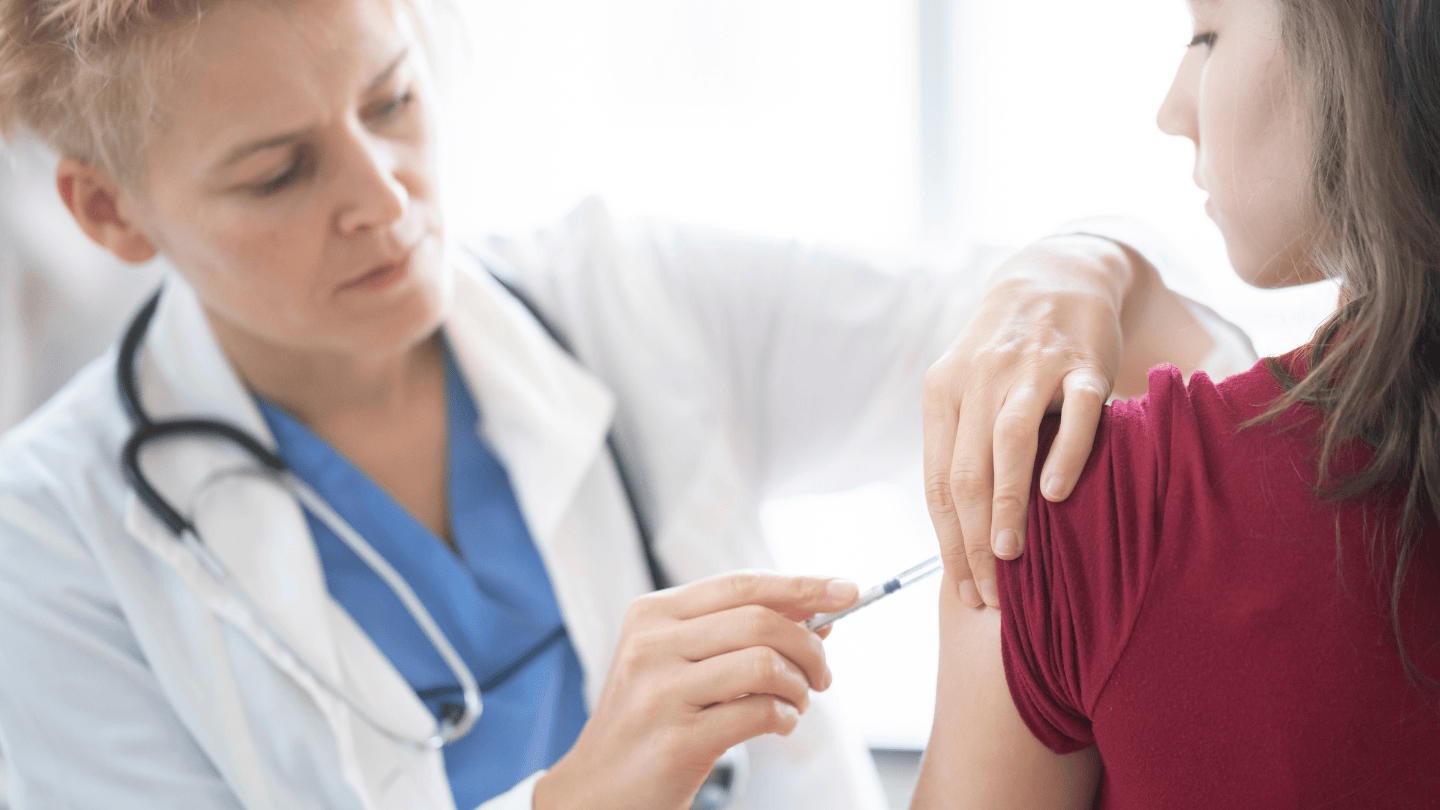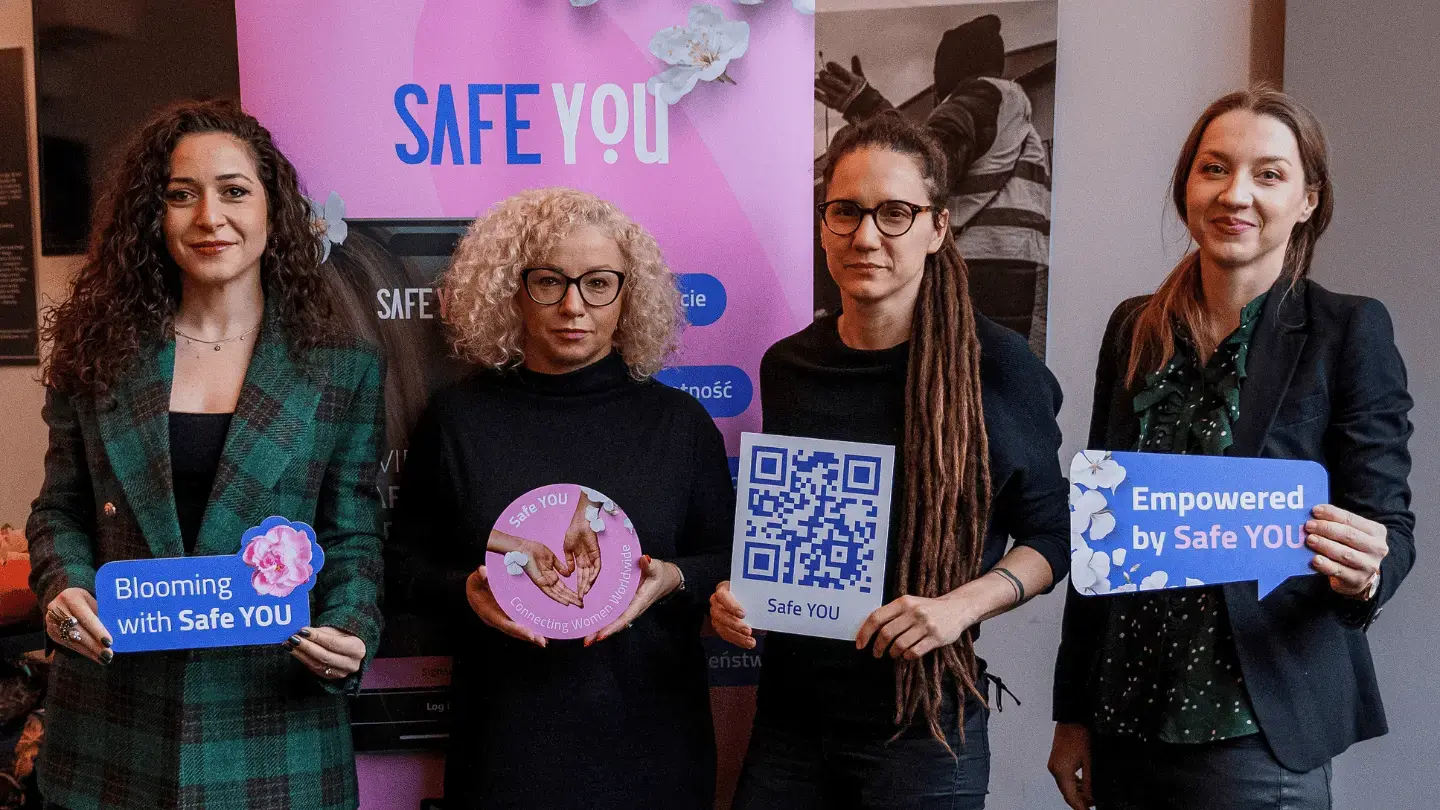The Government of Belarus has announced it will introduce the human papillomavirus (HPV) vaccine into its national immunization calendar for the first time in 2025, allowing adolescent girls to receive the inoculation free of charge.
HPV is a common sexually transmitted infection that is the leading cause of cervical cancer. Evidence has shown that the risk of cervical cancer can be brought down to almost zero through a combination of HPV vaccinations and effective screening and treatment programmes – yet the disease still ranks as the second most common cause of cancer mortality in reproductive-aged women in Eastern Europe and Central Asia, according to the World Health Organization.
UNFPA has been working on the ground for years with policymakers, health authorities, researchers, non-governmental organizations and the general public to raise awareness about these prevention methods and work toward the goal of eliminating cervical cancer by 2030.
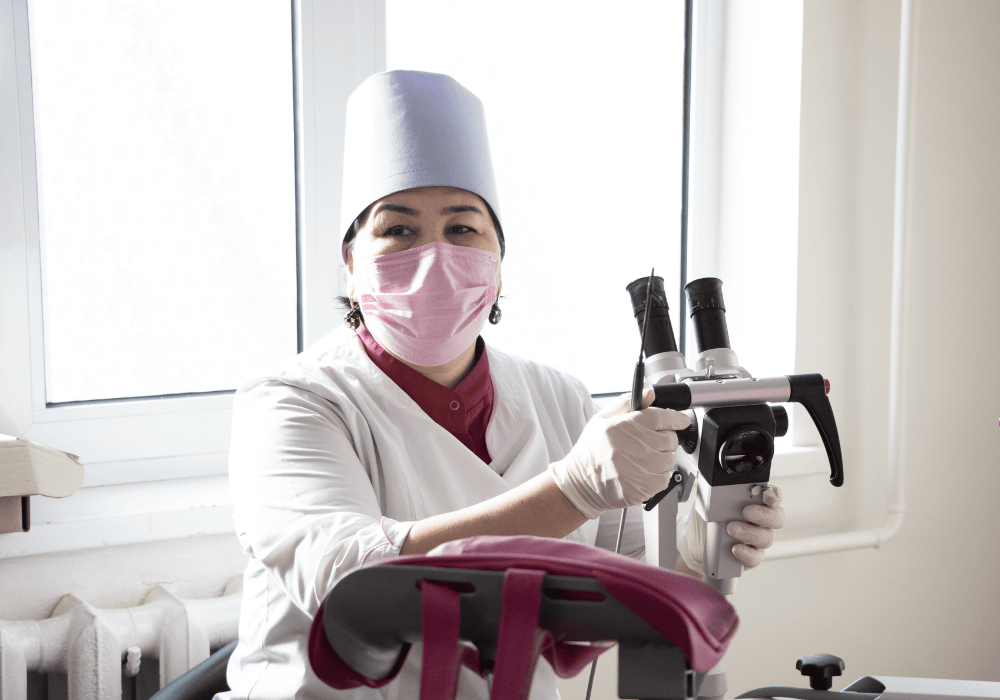
There are signs that these efforts are paying off. Just four years ago, less than a third of the 17 countries and territories in the region included HPV in their schedule of vaccines. Now, all but three countries have integrated HPV immunizations into their national immunization programmes.
While Belarus is the latest country to join the vaccination list, UNFPA advocacy is also helping countries with existing prevention programmes to expand their reach and develop more comprehensive campaigns. Kosovo (UNSCR 1244), for example, will include adolescent boys in its free HPV immunizations starting from February 2025 after its initial roll-out reached 10,000 girls last year. Since males act as carriers of HPV and can be affected by certain diseases stemming from the virus, there has been growing emphasis on ensuring boys are part of vaccination drives.
UNFPA support in Bosnia and Herzegovina contributed to broadening coverage. The country has a highly decentralized healthcare system, so implementing HPV vaccinations required establishing four separate programmes. The initiative began in Sarajevo Canton. It was later adapted for expansion across the Federation of Bosnia and Herzegovina and Republika Srpska. In late 2024, Brčko District was included, making the HPV vaccine accessible throughout the entire country.
North Macedonia, which was the first country in the region to introduce an HPV vaccine in 2009, has continued to lead the way by last year upgrading free access to the latest nine-valent HPV vaccine for girls and boys up to the age of 19. The government also created an online platform for women to self-register for cervical cancer screenings. The number of women examined drastically increased from around 12-13,000 before 2020 to more than 60,000 in the first six months of 2024 alone.
Reaching underserved communities
The fight against cervical cancer has also included steps to reach vulnerable or underserved communities.
UNFPA in the Republic of Moldova has incorporated cervical cancer awareness into its humanitarian response for the large number of refugee women and girls that have entered from neighbouring Ukraine. Gynaecological consultations and Pap tests are all offered for free to women under temporary protection or those who are in the process of obtaining status. Ekaterina, a mother who fled from Odesa, said that because she had easy access to these services, “Finally, I gave time to my own health."
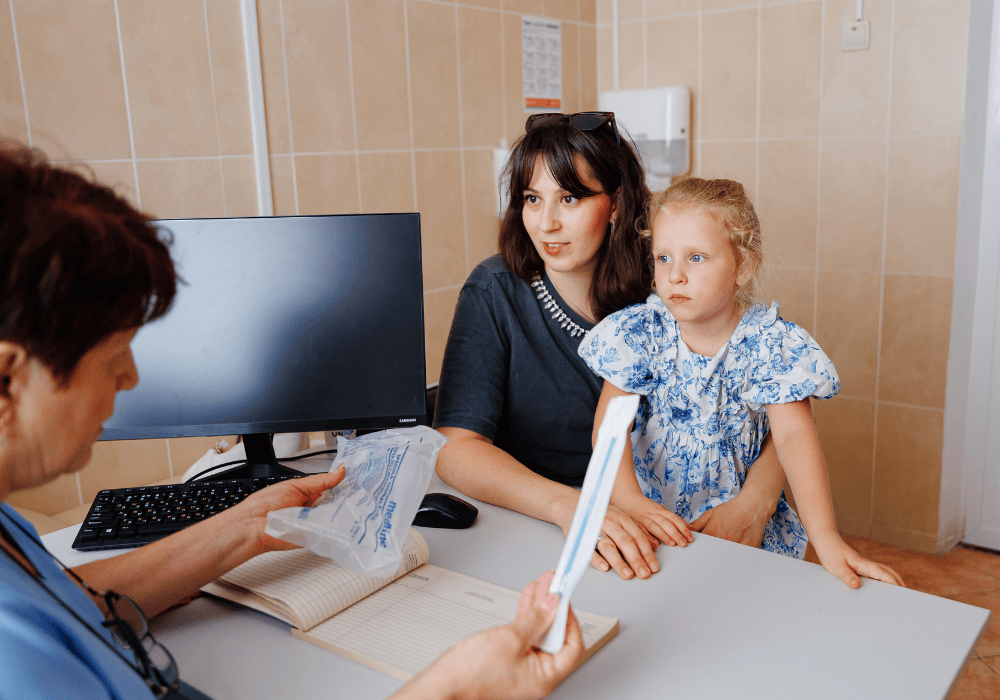
Cervical screenings are one of the best methods to detect cancer early for women who did not get the HPV vaccination as adolescents. In Uzbekistan, more than two-thirds of cervical cancer cases are diagnosed late when treatment is more costly, less effective, and has shorter survival times – creating difficult burdens for patients, families and the wider health system. To improve healthcare capacity for early detection, UNFPA launched a pilot programme in two regions, the Republic of Karakalpakstan and the city of Chirchik, that conducted primary HPV screenings for more than 60,000 women between 30 and 55 years of age. As part of the project, UNFPA delivered diagnostic equipment and surgical devices to local polyclinics and trained over 500 health professionals, including general practitioners, gynaecologists and midwives. As a result, more than 1,000 women were able to receive life-saving diagnoses and treatment without travelling outside their hometowns. Following the success of this project, Uzbekistan’s president endorsed a nationwide programme to expand cervical and breast cancer screenings for all six million women across the country.
Spreading awareness and tackling misinformation
One of the main barriers that must be overcome across Eastern Europe and Central Asia is vaccine hesitancy. Despite decades of scientific proof that the HPV vaccine is highly effective and safe, some families have remained reluctant to accept it. One widespread misconception is that giving the shot to adolescent girls and boys will promote earlier or riskier sexual activity. The recommended age for administering the HPV vaccine is between 9 to 14 years. That is because it is more effective on people before they become sexually active. By contrast, there has been no evidence to show that the vaccine leads to any change in sexual behaviour.
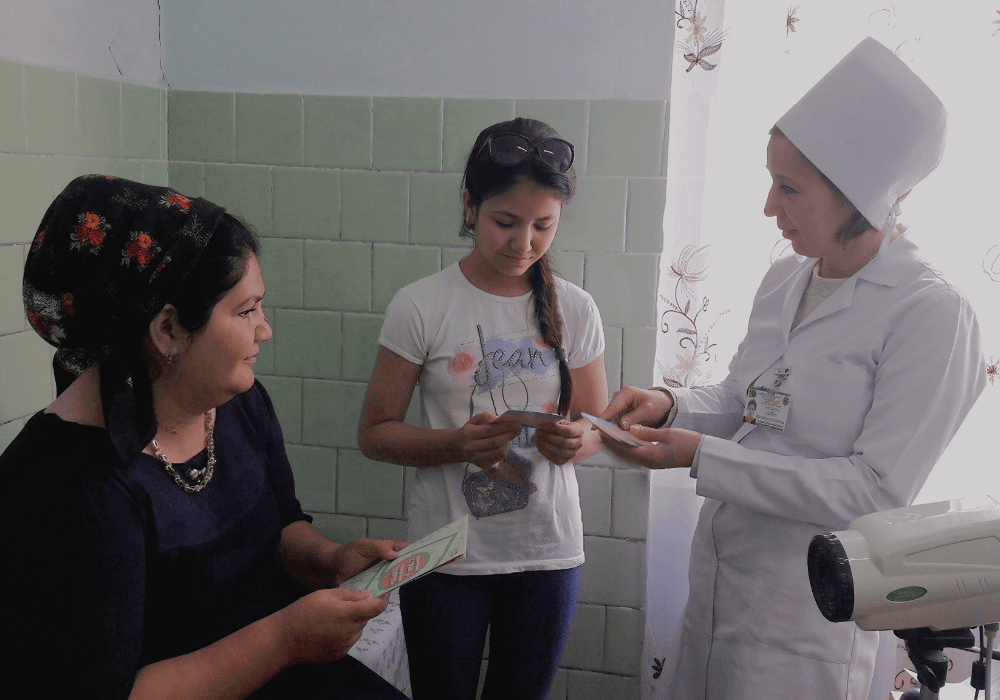
Facing such resistance can be frustrating, but one promising example of what can be achieved by fully embracing preventative measures comes from Turkmenistan. Since 2016, the government has provided free access to the HPV vaccine for all girls and boys starting from the age of 9. Today, it is estimated that 98.5 per cent of all adolescents have been vaccinated, meaning that an entire generation will enter young adulthood with almost full protection against cervical cancer.
UNFPA is committed to raising awareness and building healthcare capacities across Eastern Europe and Central Asia, so that one of the most preventable cancers will finally be prevented for everyone in the region.

